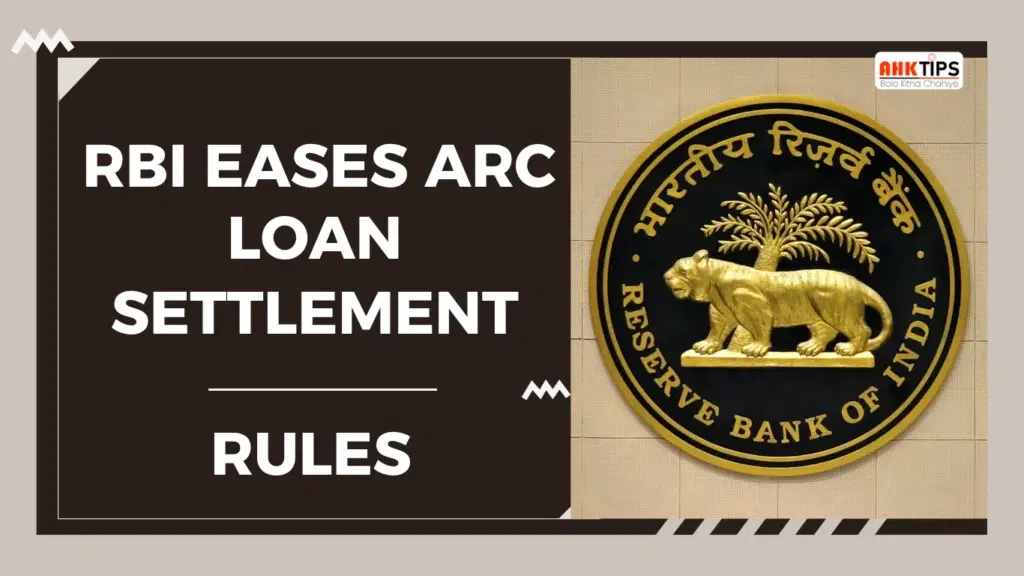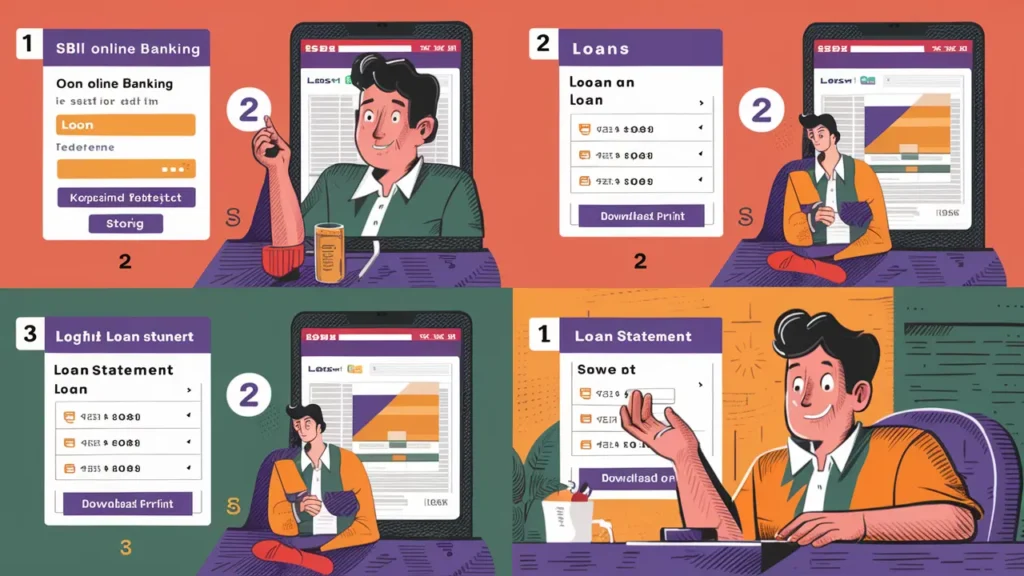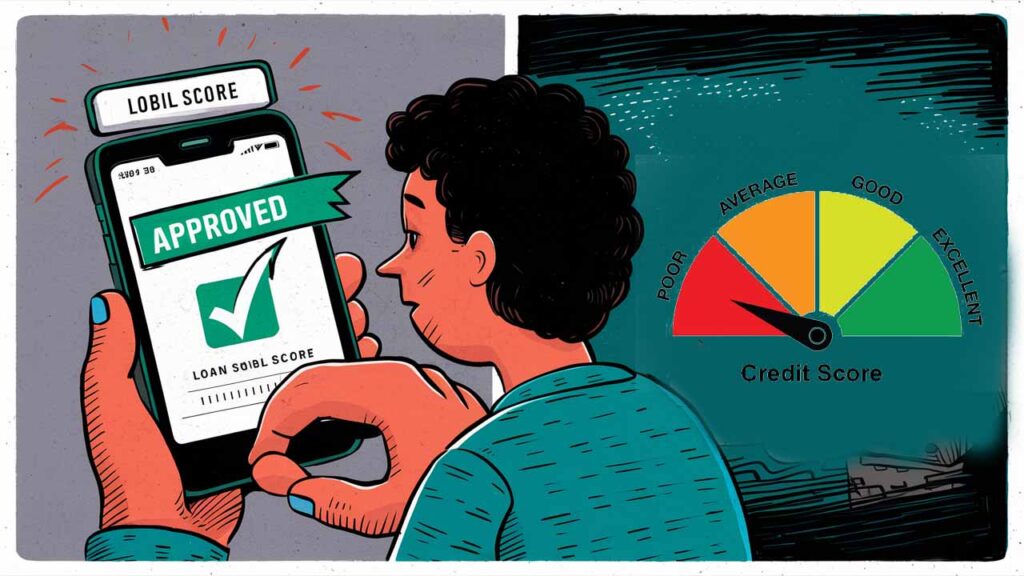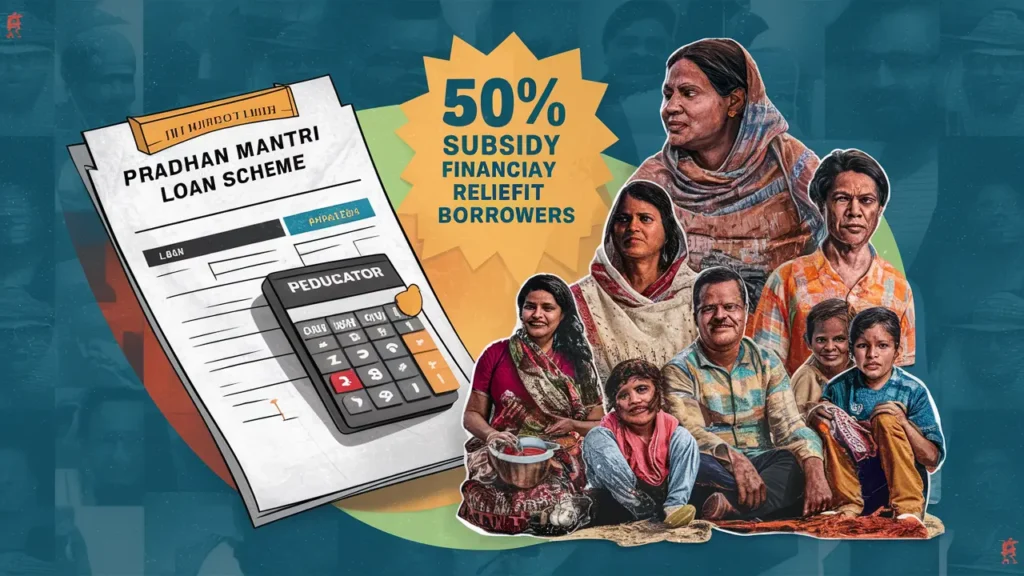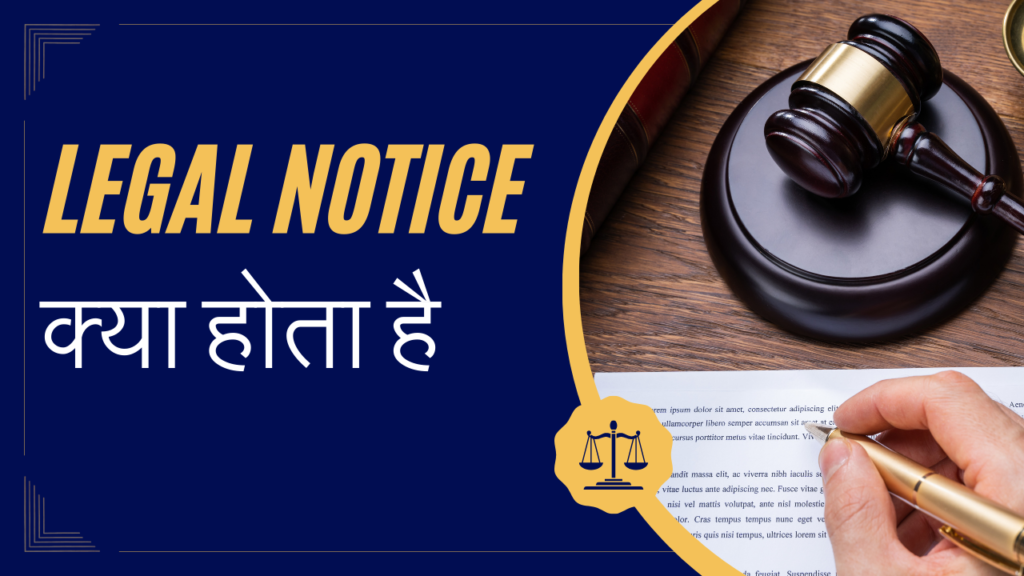Summary
The Reserve Bank of India (RBI) has announced changes to the rules for loan settlements with Asset Reconstruction Companies (ARCs), which are helpful to borrowers. The significant changes made by the RBI are longer repayment periods, lower upfront payments and greater flexibility on repayment timelines. Borrowers now have greater opportunities to negotiate and reach loan settlements that do not require them to have their loans litigated.
The ARC also must adhere to an unambiguous settlement policy and will have reasonable grievance mechanisms in place. These relaxations are beneficial to the borrower to assist them in the settlement of their stressed loans and begin the process of re-establishing their financial credibility. Borrowers can follow a structured plan and act on the available information to determine when and how to leverage the new RBI framework and avoid making mistakes that may incur additional costs when seeking loan settlement.
Introduction
If your loan has been sold to an Asset Reconstruction Company (ARC) and you’re having trouble, the Reserve Bank of India’s (RBI) new guidelines may help. The RBI has made it easier to settle loans with ARCs. Now, borrowers can negotiate loans on better terms.
Before, loan settlements were strict, requiring upfront lump sum payments within tight deadlines. This left little room for fairness in ARC practices. With the new ARC settlement framework, borrowers have longer timelines and more flexible budgets. They also gain some protection against unfair ARC actions, like willful defaults.
These changes will improve transparency and fairness in talks between borrowers and ARCs. This may create a better environment for settling loans quickly and justly. This article will explain what an ARC loan settlement is, how to settle under the updated RBI guidelines, and how borrowers can use these changes to their advantage.
What Does RBI’s Relaxation of ARC Loan Settlement Rules Mean for Borrowers?
The Reserve Bank of India (RBI) has announced significant relaxations to the Asset Reconstruction Company loans settlement rules. The changes are meant to facilitate a smooth loan settlement process and become more borrower-friendly loan settlement rules. If you have a loan that is with an ARC or you face difficulty in clearing dues, it is an advantage for you to understand these new rules, utilise their offerings to you.
Understanding ARC Loan Settlement
Before looking into the RBI’s recent decisions, let’s first establish what is meant by ARC loan settlement. Asset Reconstruction Companies are financial entities that purchase stressed loans from banks and other creditors, and then assume the ownership of the stressed loan known as a non-performing asset (NPA), and will proceed to try to recover the amount owed by way of negotiating with the borrower for settlement terms or a restructuring of the loan.
If a loan is being dealt with by an ARC, the borrower’s ability to repay or settle on useful terms to get on good standing becomes more complex because the process and subsequent rules can be somewhat challenging to understand and may seem quite punitive. The RBI has revisited these criteria to alleviate the rescued responsible borrower of their burdensome obligations, with safety measures in place.
Key Changes in RBI’s ARC Loan Settlement Rules
The RBI’s new guideline focuses on giving ARCs more flexibility in how to settle loans with borrowers. Such relaxations include:
- Giving a longer period for settling loans with borrowers.
- Reducing the upfront amount to be paid by the borrower at the time of settlement.
- Taking into account flexible payment options and restructuring arrangements.
Such relaxations are meaningful in that they will encourage ARCs to work together with borrowers to provide better settlement that meets the borrower’s financial situation.
How the Relaxation Benefits Borrowers
Borrowers with stressed loans frequently encounter stress from the size of their upfront payments or the rigid timelines with which they must settle their uneconomic loans; however, the RBI’s new rules ease this in a few ways.
Easier Negotiation and Settlement
Traditionally, borrowers needing to settle their dues with ARCs (asset reconstruction companies) were required to make large lump-sum payments upfront. This proved difficult for many borrowers relative to their loan amounts, leading to extended negotiations and settlements about their stressed loans. The relaxed requirement allows ARCs to accept smaller amounts upfront, which can provide the borrowers with more breathing space to arrange their funding.
Longer Timeframe to Repay
The Longer timeframes for settlement mean longer repayment for borrowers. Also, Longer timeframes, taking into account financial stress, diminish the immediate financial pressure on the borrower and allow sufficient time for the borrower to think through their financing options. Finally, longer timeframes and agreements provide borrowers with a greater opportunity to avoid defaulting, and can begin improving their credit rating.
Encouragement for Mutual Agreements
With fewer people wanting to utilise the debt collection process, ARCs and borrowers can come to mutually agreeable terms more easily. The legislative changes intend to foster cooperative discussions instead of confrontational recovery, which improves the probability of realising positive settlement agreements.
What Borrowers Should Do to Benefit from the New Rules
If you are currently under an ARC or your loan has a stressed classification, it would be prudent to review your current settlement options based on the new RBI guidelines. Below are the steps to consider:
- Speak to your ARC or lender and ask if they have restructured any settlements you can consider.
- Assess your ability to repay the loan, so you can provide payment options that are more flexible to them, taking into account your financial ability is financially.
- If you feel that you need more professional representation, you can seek them out to your benefit and negotiate a more favourable offer.
- Be cognizant of timelines and maintain communication with the ARC to make sure you receive timely settlements.
Impact on the Overall Loan Market
The RBI easing ARC loan settlement guidelines will not only benefit individual borrowers in repayment but also support the health of the financial system. By allowing for quicker and fairer resolution of stressed loans, banks and ARCs are able to clean their balance sheets, which enhances credit availability and decreases the risk of future defaults.
Who Will Benefit?
The new rules are more beneficial to borrowers who have temporary setbacks through no fault of their own, but would like to settle their dues realistically. Borrowers may range from small and medium enterprises (SMEs), individuals, and a mix of COVID-impacted borrowers.
Important Points Borrowers Should Remember
- The ARC loan settlement is simply a negotiation process. With ARCs, an earlier identification of issues is useful, as is full transparency.
- The relaxed rules are also meant to help borrowers avoid complex and costly legal proceedings and severe collection actions.
- Borrowers need to continue to communicate in a timely way if they receive a revised ARC settlement agreement and work to agree to such a revised plan in order to increase the chances of closure.
- Borrowers should also check their credit reports following the settlement to make sure their record reflects the new impact.
Final Thoughts on RBI’s Relaxed ARC Loan Settlement Rules
The RBI’s decision to ease the norms for the settlement of loans by ARCs is commendable, given that it is a positive, borrower-led approach to the effective resolution of stressed loans. This takes away some of the pressure from borrowers and creates an atmosphere conducive to loan recovery.
If a borrower understands the revised guidelines and is proactive when working with ARCs, they may be in a better financial position and able to take charge of their loans. Both the borrower and the lender can use this as an opportunity to contribute towards a healthier credit landscape in India.
Step-by-Step Guide to ARC Loan Settlement Under the New RBI Framework
The newly revised guidelines introduced by the Reserve Bank of India (RBI) on Asset Reconstruction Companies (ARCs) are intended to enhance transparency, efficiency, and fairness in the loan settlement process, and therefore impact how borrowers can settle their loans through ARCs. This detailed guide attempts to provide a clear step-by-step guide for borrowers on how to settle their loans through ARCs according to the revised directives.
What Is ARC Loan Settlement?
ARC Loan Settlement is the method by which a borrower settles his outstanding dues to an Asset Reconstruction Company after the loan account has been classified as a Non-Performing Asset (NPA) by a bank or financial institution. The ARC purchases the bad loan from the original lender or is assigned the responsibility of recovering the loan.
Key Objectives of the New RBI Guidelines
- Enhance transparency in ARC operations
- Establish processes that are lenient to borrowers
- Enhance accountability and governance
- Assist in the expedited resolution of stressed assets
Borrowers now have improved access to the settlement process, and the protections against arbitrary actions are more stringent due to the compliance provisions inherent in the ARCs.
Eligibility for ARC Loan Settlement
Borrowers with Stressed Loans
Individuals with loans classified as stressed or non-performing that have been originated by a lender but transferred to an ARC will also be able to apply for settlement.
Corporate Borrowers and Retail Borrowers
Corporate entities and individual persons can proceed with an ARC loan settlement depending on the asset type and the agreement with each independent ARC.
Financial Viability
From a settlement point of view, the better borrowers demonstrate their willingness to settle, the better the chance of a settlement, so some evidence of financial viability will also support their position.
Understanding the ARC’s Role in the Settlement Process
Purchase of NPA
An ARC typically buys the NPA at a discounted rate from the bank. This purchase transfers the rights and obligations to the ARC, giving it legal ownership of the loan.
Recovery or Settlement
The ARC then attempts to recover the dues through various strategies. One of the preferred methods is a negotiated one-time settlement with the borrower, which benefits both parties.
Regulatory Oversight
Under the new RBI norms, ARCs are required to adhere to fair practice codes and report their actions periodically, making the system more borrower-friendly.
Step-by-Step Process to Settle a Loan Through an ARC
Step One: Check Ownership of Your Loan
Step one is confirming whether your loan was sold to an ARC. This can be done through your bank’s communication or potentially discovered in your credit report.
Step 2: Understand ARC’s Approach and Settlements
You should regularly visit the ARC’s website or reach out to their customer service for details on their settlement approach and plan. To provide more commercial consideration and offer to borrowers. With the recent RBI guidelines, ARCs must disclose their settlement options publicly.
Step 3: Determine your financial status
Before contacting your ARC, you should establish your financial status. This includes examining your income, net worth or assets, and ideal payment (lump-sum or on-achievable instalments).
Step 4: Contacting the ARC for Negotiation
When you are ready, you can formally request the ARC for the loan settlement. In practice, you are writing an application outlining your financial difficulties and requesting a one-off settlement or restructuring.
Step 5: Prepare Documents and Submission
You should be ready to prepare and send the following documentation:
- Reasonable proof of income.
- Proof of identity and address
- Statements from your bank accounts
- Details of the original loan
- A letter of intent for settlement
Step 6: Initial Settlement Offer to you by the ARC
You will receive an offer based on your application and financial situation, where the ARC will make you an offer for settlement, usually lower than the total outstanding amount based on their recovery expectations.
Step 7: Check Offer Terms
Carefully review the offer terms, including:
- Settlement amount
- Payment timeline
- Waiver of penalties or interest
- Legal consequences of not paying
Seek professional advice if needed before accepting the offer.
Step 8: Make the Payment
If you accept the offer, pay the offer as per the agreed terms. Ensure you maintain proof of every transaction.
Step 9: Request Settlement Letter
Upon making your payment, you should ask the ARC to issue you a no-dues certificate/settlement letter. This letter confirms you have no further obligations under the loan.
Step 10: Report to Credit Records
Ask the ARC to report the element to the credit bureaus. A settlement will not improve your immediate credit score, but closing the account positively will help your eventual recovery.
Key Benefits of ARC Loan Settlement
Less Financial Responsibility
Often, borrowers have the opportunity to settle their debts at a greatly reduced rate. This lowers their final liability.
Clear Exit Plan
The process gives a clear picture of how to exit the debt trap and move toward a position of financial stability.
Fast Dispute Process
The new RBI guidelines help to speed up the process by outlining clear guidelines so that disputing borrowers are not stuck in a lengthy legal process.
Opportunity To Repair Credit
A settled account still sits as “settled” on credit reports, but it is better than an open default, and allows the borrower to begin to repair their credit profile.
Important RBI Guidelines to Keep in Mind
Board Settled Policy
Every ARC must have in place a board-settled policy that outlines its approach towards settlement. The policy must be available in the public domain for borrowers to access. The policy must define eligibility criteria for settlement, the sequence of process steps, and indeed the mechanism for grievance redressal.
Grievance Redressal Mechanism
ARCs are now required to have adequate grievance redressal facilities. Borrowers may refer their grievance internally within the organisation before reaching an external regulator.
Fair Practices Code
ARCs are to abide by the Fair Practices Code, mentored and sponsored by the RBI, to ensure that transactions with borrowers are ethical and transparent, without recourse to any misleading or coercive instrument.
Time-Based Resolution
ARCs are to close settlement cases within a reasonable timeframe while observing RBI guidelines. The omission of a reasonable timeframe may be inferred as a failure of RBI compliance.
Common Mistakes to Avoid During Settlement
Ignoring ARC Correspondence
Never ignore notices or letters from ARC. A timely response means that you will have an opportunity to resolve issues before they become serious.
Failing to Negotiate Terms
Many borrowers accept the first offer made without negotiation. You should always attempt to negotiate better terms that suit your ability to pay.
Failing to Pay After They Have Agreed
As soon as you agree to the terms, stay on time. If you delay, you could risk cancellation of the settlement or getting the repayment period reinstated for the full amount of the loan.
Not Collecting Legal Documents
Always collect a settlement letter or a DNO due certificate after you have made your payment. This document will protect you from future claims.
Final Thoughts on ARC Loan Settlement Under the New RBI Framework
The RBI’s revised ARC loan settlements framework creates a more borrower-friendly and balanced process. It promotes transparency, structured negotiation, and expedites the settlement of distress for borrowers. If forewarned and forearmed, borrowers will be able to quickly and easily negotiate settlements in ARC and close their loan account in a compliant and stress-free manner.
If you are experiencing a loan that is now an ARC, you may want to consider the following step-by-step approach to achieve a fair and transparent settlement according to the latest RBI framework.
Conclusion
Relaxation by the RBI on ARC loan settlement is one direction towards treating financially stressed borrowers’ loans with justice in repayment. The rules facilitate longer time for repayment times, significantly lower initial payments, and clear procedures for settling the loans. On aggregate, the rules enable debtors to negotiate loan settlements from a position of strength. Borrowers now have many opportunities to recover from financial misfortunes in a fair settlement framework while being less susceptible to increasingly aggressive recovery efforts.
Using the new framework methodically—open dialogue, financial planning, and proper documentation—borrowers may accomplish the settlement and restore the credit profile sooner than anticipated. Sustaining a positive and proactive mindset while maintaining negotiations and complying with each step of the process is crucial. By leveraging the understanding of the new ARC settlement process, borrowers will provide themselves with significant protection for any future financial choices and avoid being stuck in debt or finding themselves facing legal challenges.
FAQ’s
Asset Reconstruction Companies offer fair and flexible settlement terms, such as lower initial payments and extended repayment durations. This makes it easy for people who owe money to pay it back.
They help people financially by letting them make lower payments up front, giving them more time to pay back the loan, and encouraging people to work things out without going to court.
Yes, people and businesses with loans that are labelled as stressed or NPA can apply, although it depends on ARC’s guidelines.
You should apply for a No Dues Certificate or Settlement Letter and then check your credit report to be sure the settlement is still valid.

